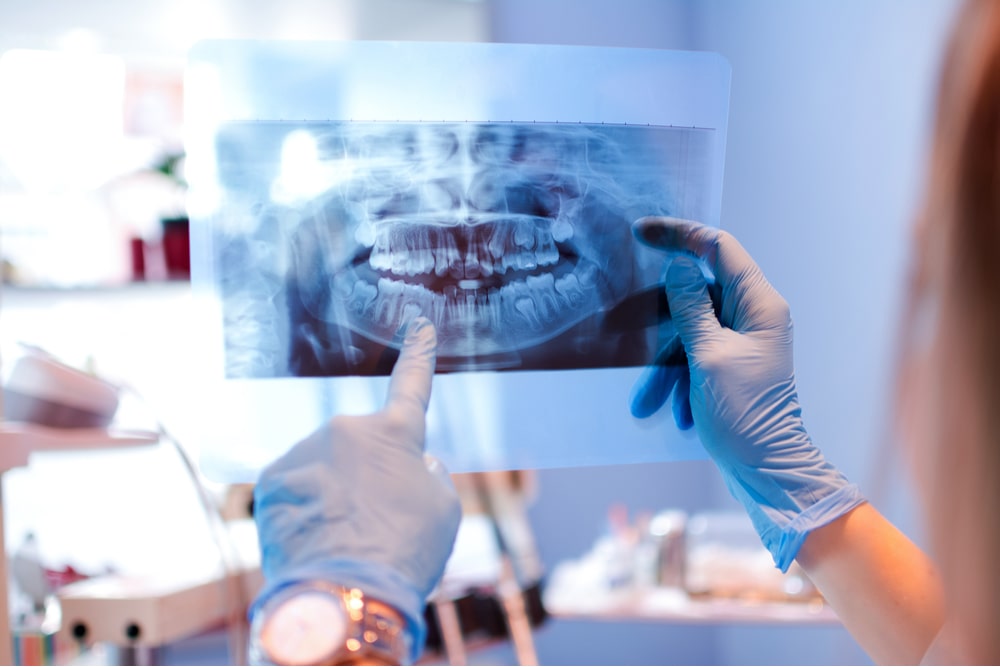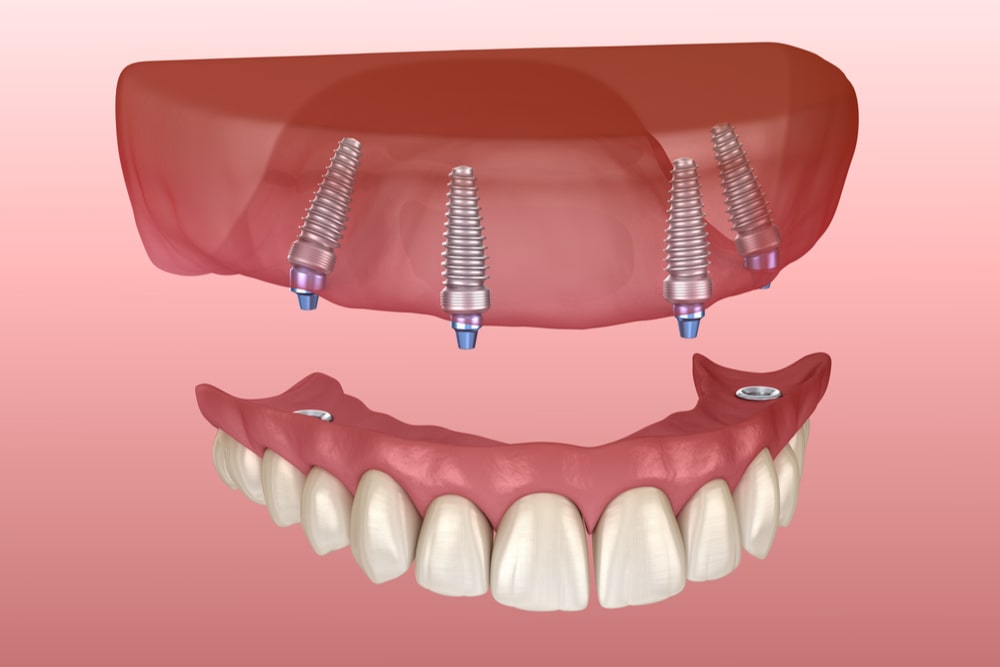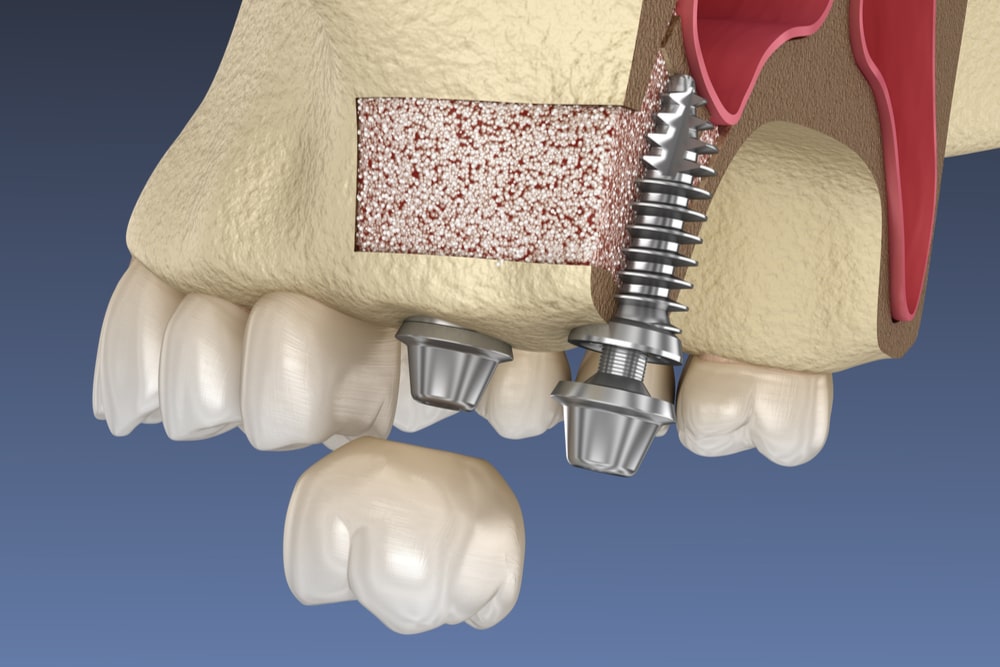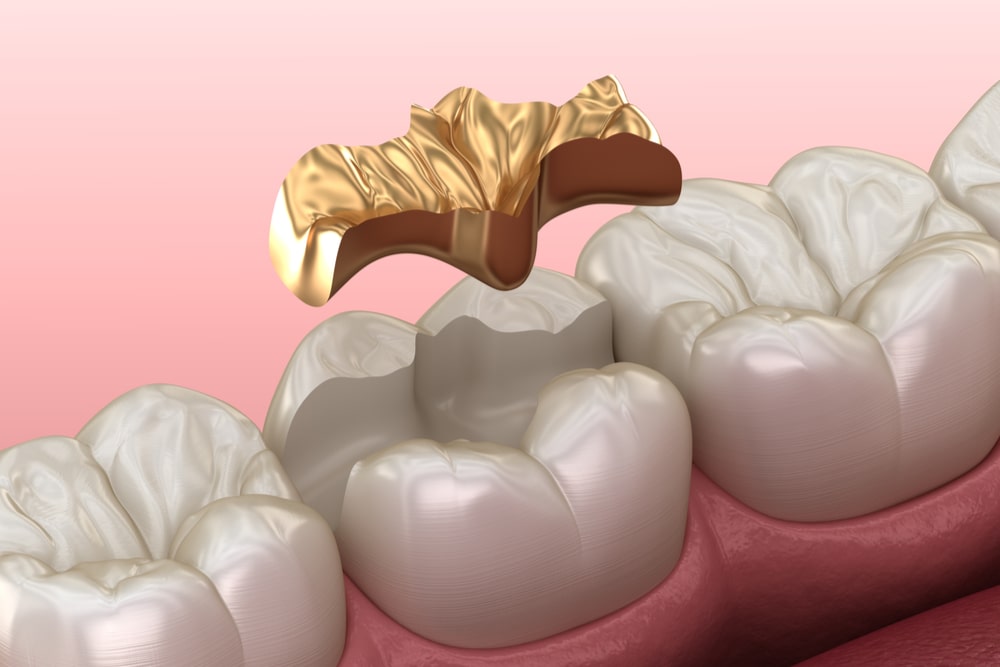1) Simple Tooth Extraction:
A simple extraction is one in which the dentist can remove the tooth simply by loosening the gums around it, grasping the crown above the gum line with plier-like forceps, and then moving it side to side until it loosens from the bone. Teeth are normally held into the bone by a thin sheathe of soft tissue that separates it from the bone like a sock separates a foot from a shoe. This sheathe is called the periodontal ligament, and it is this structure that ultimately enables the dentist to remove the tooth. The key to simple extractions is to rock the tooth side to side slowly enlarging the socket in the bone while at the same time breaking the ligament which binds the tooth in the socket.
2) Surgical Tooth Extraction:
Unfortunately, not all extractions can be done by simply grasping the tooth with forceps and rocking it out. What if there is nothing left above the gum line to grasp? Or what if the crown breaks off leaving the roots still in the bone? These things can and do happen, and any dentist that extracts teeth will have to deal with them routinely. In these cases, it becomes necessary to surgically remove the tooth. This is frequently accomplished by prying the root out using a sharp instrument that can be forced between the root and the bone surrounding it. This technique is called “luxation”. In the case of multiple rooted teeth, the roots are first separated so they can be removed individually. Unfortunately, not all roots or root fragments may be removed in this fashion. This means that the dentist must make an incision into the gums around the tooth and raise a flap of tissue exposing the tooth and its surrounding bone.
Sometimes, after the flap is raised, there is enough tooth exposed to grab and remove it as in a simple extraction. Sometimes, the technique described above as luxation may successfully remove the tooth. If luxation fails, the dentist must take a handpiece (drill) and cut away some of the surrounding bone in order to gain a purchase on the tooth. After the tooth has been pried out of the artificially enlarged socket, the dentist then sutures (sews) the flap of tissue back in place so that healing can proceed normally.
3) Impacted teeth:
When a tooth does not fully erupt into the mouth, but remains below the gums, it is said to be impacted. Impacted teeth can present special health problems for most patients, and they are generally removed to prevent future difficulties. The extraction of such teeth proceeds like the surgical extraction explained above with a few modifications. Sometimes, the only surgical procedure is the raising of the soft tissue flap. If after raising the flap, the extraction can proceed as a simple extraction, the tooth is said to be a “tissue impaction” because there was enough of the crown left above the bone to grab and extract with forceps.
But many times the crown is submerged below the level of the bone. The tooth may even be lying on its side under the bone which complicates the extraction further. In these cases, not only must the dentist remove surrounding bone in order to expose the tooth, but he must cut and break the tooth itself into sections so that each section can be removed separately. Teeth in this condition are said to be “bony impactions” and are further classified as vertical, horizontal or angular depending on the angle of the tooth under the bone.
4) Dental Implants:
A dental implant is an artificial tooth root that an oral surgeon places into your jaw to hold a replacement tooth or bridge. Dental implants are an ideal option for people in good general oral health who have lost a tooth or teeth due to periodontal disease, an injury, or some other reason.
While high-tech in nature, dental implants are actually more tooth-saving than traditional bridgework, since implants do not rely on neighboring teeth for support.
Dental implants are so natural-looking and feeling, you may forget you ever lost a tooth. You know that your confidence in your teeth affects how you feel about yourself, both personally and professionally. Perhaps you hide your smile because of spaces from missing teeth. Maybe your dentures don’t feel secure. Perhaps you have difficulty chewing. If you are missing one or more teeth and would like to smile, speak and eat again with comfort and confidence, there is good news! Dental implants are teeth that can look and feel just like your own! Under proper conditions, such as placement by an oral surgeon and diligent patient maintenance, implants can last a lifetime. Long-term studies continue to show improving success rates for implants.




